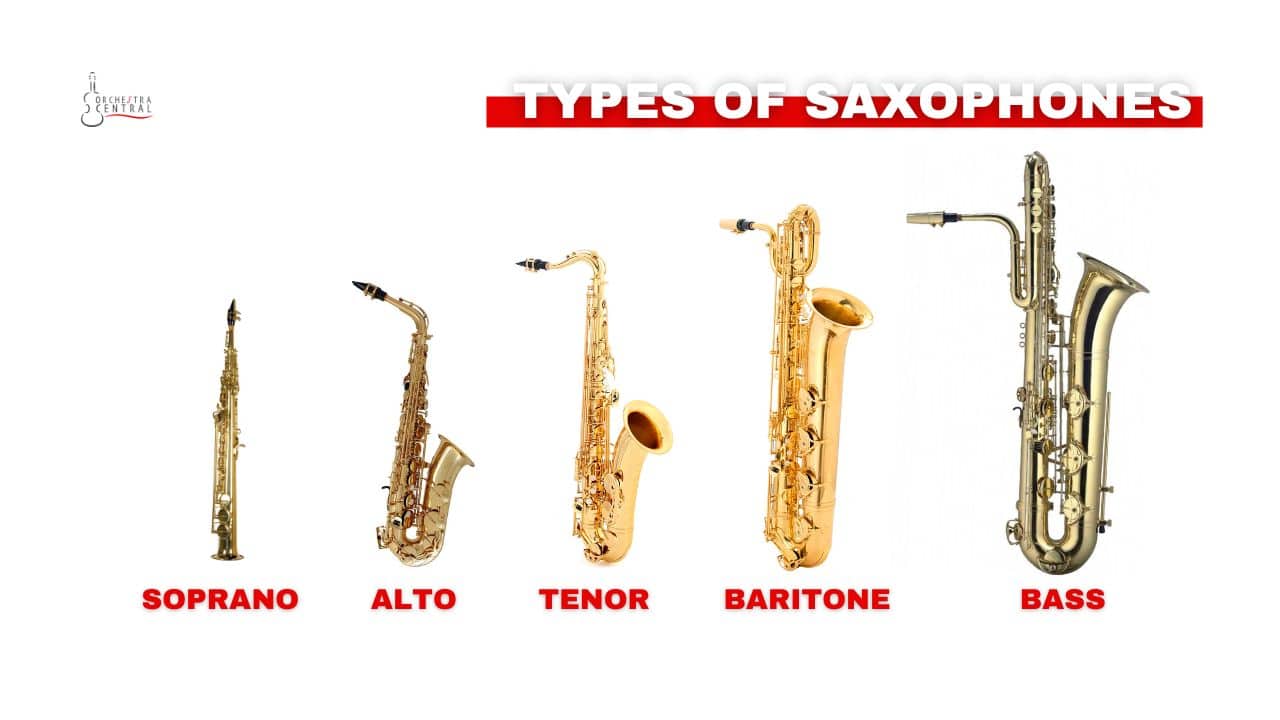Unleash the Soul of Music: Discovering the Fascinating World of Saxophone Symphony
In the realm of musical instruments, few can evoke the same emotional response as the saxophone. With its rich, velvety tone and wide range of applications, it's no wonder this instrument has become an integral part of jazz, classical, and pop music. From iconic solos to lush orchestral arrangements, the saxophone has played a pivotal role in shaping the sound of modern music. In this comprehensive guide, we'll delve into the world of saxophone symphony, exploring the different types of saxophones, their unique characteristics, and the genres that showcase their versatility.
The saxophone's origins date back to the late 19th century, when Adolphe Sax, a Belgian instrument maker, designed the instrument to combine elements of brass and woodwind playing. Since then, the saxophone has undergone significant transformations, evolving into various models that cater to specific musical needs. Understanding the differences between these types of saxophones is essential for musicians, composers, and music enthusiasts alike.
The Anatomy of Saxophones
Types of Saxophones
The saxophone family encompasses several types, each with its distinct design and capabilities. Here are the main categories:
- Alto Saxophone
- Soprano Saxophone
- Tenor Saxophone
- Baritone Saxophone
- Bass Saxophone
- Subcontrabass Saxophone
Description of Each Type
- Alto Saxophone: The most common type of saxophone, the alto is the ideal choice for jazz and classical music. Its warm, rich tone and agility make it a versatile instrument.
- Soprano Saxophone: The smallest and highest-pitched saxophone, the soprano is often used in classical and experimental music. Its piercing sound requires a lighter touch and a more precise embouchure.
- Tenor Saxophone: A mid-range saxophone, the tenor is popular among jazz musicians. Its warm, full-bodied sound is perfect for expressive solos and harmonies.
- Baritone Saxophone: A larger version of the tenor, the baritone is often used in classical and pop music. Its rich, mellow tone adds depth and complexity to any arrangement.
- Bass Saxophone: A larger and deeper version of the tenor, the bass saxophone is commonly used in jazz and pop music. Its deep, resonant sound adds a new dimension to instrumental textures.
- Subcontrabass Saxophone: The largest and lowest-pitched saxophone, the subcontrabass is often used in experimental and avant-garde music. Its extreme range and low pitch require specialized techniques and equipment.
Saxophone Construction
The saxophone's unique design is a result of Adolphe Sax's innovative approach to instrument making. The instrument's construction involves several key components:
- Reed: A thin, flexible piece of cane or synthetic material, the reed vibrates to produce sound.
- Body: The main resonating chamber of the saxophone, the body is typically made of brass or other metals.
- Keys: The mechanism that allows the player to change notes, the keys are typically made of metal or other durable materials.
- Bell: The flared end of the saxophone, the bell enhances the instrument's resonant qualities and projects sound.
Design Variations
- Straight Saxophones: The original design of the saxophone, straight models have a simple, straight key layout.
- Curved Saxophones: A variation of the straight saxophone, curved models have a more curved key layout, which allows for greater key agility.
- Clarion Saxophones: A type of saxophone with a larger, more conical bore, clarion saxophones produce a warmer, more resonant sound.
Materials and Finishes
The saxophone's materials and finishes can significantly impact its sound and playability. Common materials include:
- Brass: A durable, corrosion-resistant material, brass is commonly used for saxophone bodies.
- Silver: A luxurious, attractive material, silver is often used for high-end saxophones.
- Nickel-Silver: A durable, corrosion-resistant material, nickel-silver is commonly used for saxophone keys and other hardware.
Finishes
- Polished Finish: A smooth, glossy finish, polished saxophones are often preferred for their attractive appearance.
- Matt Finish: A flat, non-reflective finish, matt saxophones are often preferred for their understated appearance.
- Custom Finishes: Some saxophone manufacturers offer custom finishes, which can be tailored to the player's preferences.
Playing Techniques and Tips
Mastering the saxophone requires a combination of technical skill, musicality, and practice. Here are some essential techniques and tips for saxophonists:
Posture and Embouchure
- Proper Posture: Maintaining good posture is crucial for comfortable playing and optimal sound production.
- Embouchure: The position and shape of the lips, facial muscles, and teeth, the embouchure is essential for producing a clear, rich tone.
Tips for Developing a Good Embouchure
- Relaxation: Maintain a relaxed, open mouth and facial expression.
- Tongue Placement: Place the tongue near the roof of the mouth, just behind the upper teeth.
- Lip Positioning: Form an "O" shape with the lips, with the top lip relaxed and the bottom lip firm.
Fingerings and Techniques
- Fingerings: Mastering the correct fingerings is essential for playing in tune and producing a clear sound.
- Breath Control: Developing good breath control is critical for maintaining a consistent tone and playing with precision.
Tips for Improving Fingerings and Techniques
Karlanenio Case Pos
Joan Van Ark
Diabla Lara
Article Recommendations
- Sophie Rain
- Alma Powell Cause Ofeath
- Storage Wars Brandi
- Cassie Parents
- Bhad Bhabie
- Prichard Colon
- Diddy And Cameroniaz
- Dafne Keen
- Livvyunne
- Luke Kleintank



:max_bytes(150000):strip_icc()/set-of-four-saxophones-179064182-5aa0df91c5542e0036215ae5.jpg)